As a little boy of 8 years old, somewhere in the 1970s, Wilfried Van Baelen played the trumpet in a local harmony together with his dad Rene Van Baelen.
But soon he started playing organ which he was so passionate about he started giving concerts at only 15 years old.
When Wilfried Van Baelen was only 17 years old, in 1979, he was asked to make a music record for a record company and that was when he realized he wanted and needed a studio.
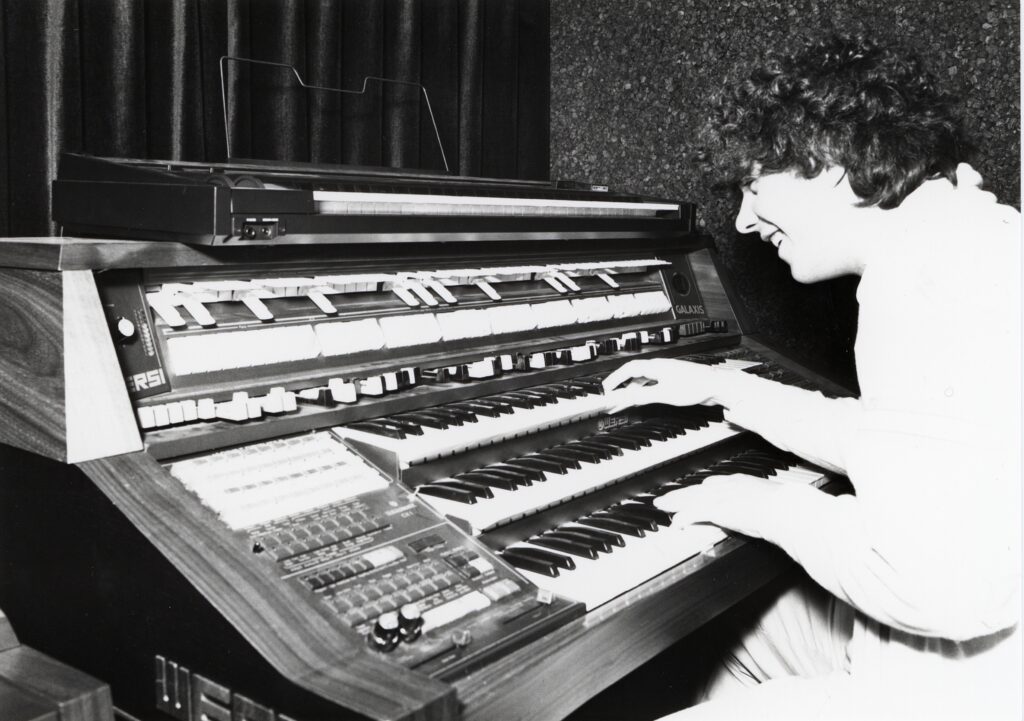
Many questions about how and where the studio needed to be, had to be answered. But the easiest and most logical answer was: ‘The Old Chicken Coop’ in the back garden of his parents. Normally they had about 2000 chickens every 2 months inside of the chicken coop, but the idea of a music studio sounded way more exciting!
The Chicken Coop Studio got a better name when it was finished: Studio Galaxy
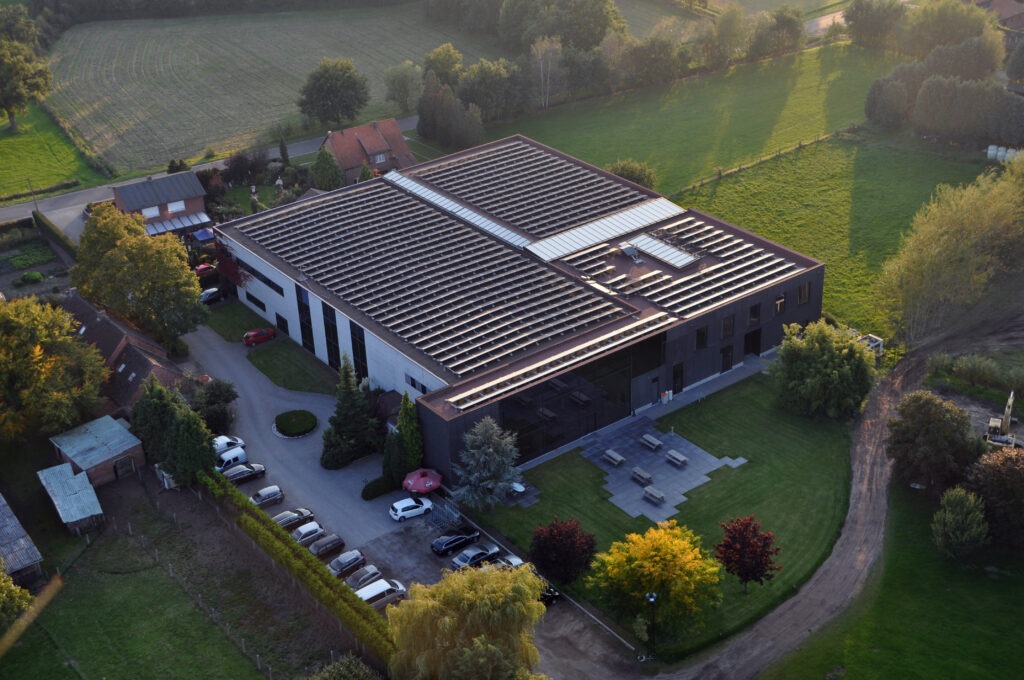
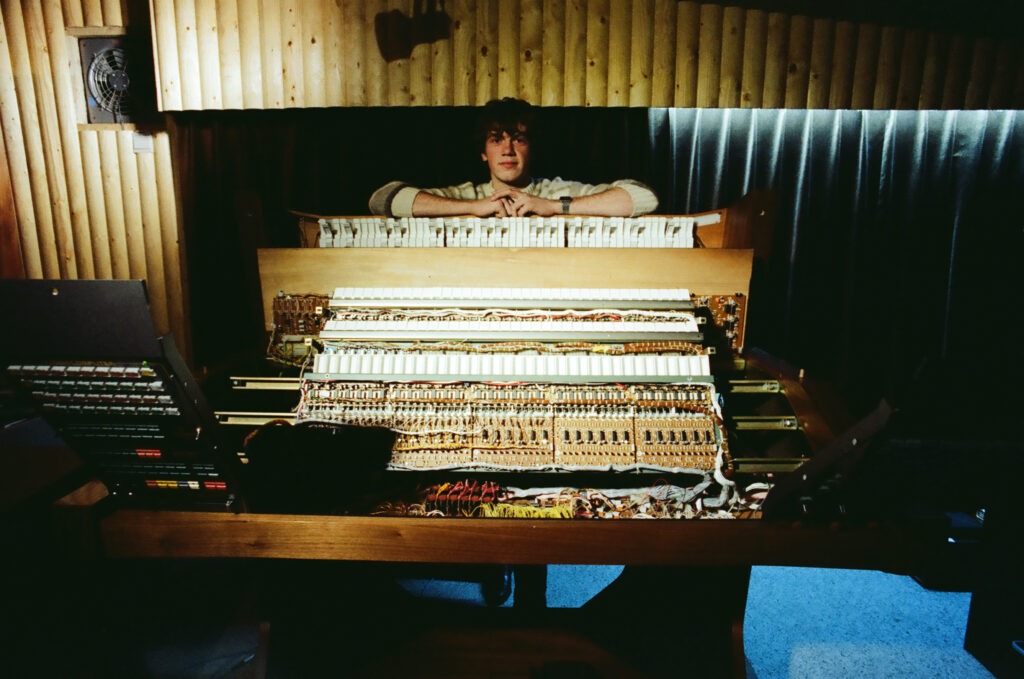
– The studio walls of the chicken coop were filled up with 9 tons of rubber!
– Studio Galaxy got his name from ‘Galaxis’, the biggest electronic analog organ ever
– Guy built ‘Galaxis’ for Wilfried, after Wilfried bought him a soldering machine for his 12th birthday! Clever boys, win win for both of them!
– Later on Guy also built the digital organ ‘Atlantis’, on which Wilfried played more than 800 concerts.
Studio Galaxy was finished in 1982 and became one of Belgium’s most popular studios by the end of the 80″s. The first Sony 48 digital recorder in Benelux was installed in Studio Galaxy in 1991 and soon extended with a second 3348 to run in total 96 channels of digital recording.
Studio Galaxy ordered in 1993 the first ever Neve Capricorn allowing 96 recording and mixing in the digital domain.
But Wilfried Van Baelen wasn’t finished yet. Even though the studio had great success, the idea of making a completely new interactive studio complex grew and grew and grew bigger inside his mind.
His growing idea in a nutshell: Different acoustical areas and different control rooms, each with their own specifications; an analog room, a digital room, one for film, one more for music… And every room needed to be located in a way they could have visual connection and at the same time have 100% isolation.
The only way to realise this dream was to make separate bunkers for each room and put them on strings! So, that’s what they did. Right now they have 15 bunkers on metal springs! Insane.
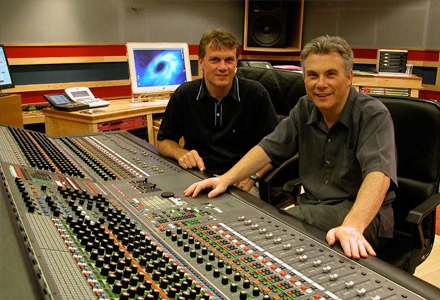
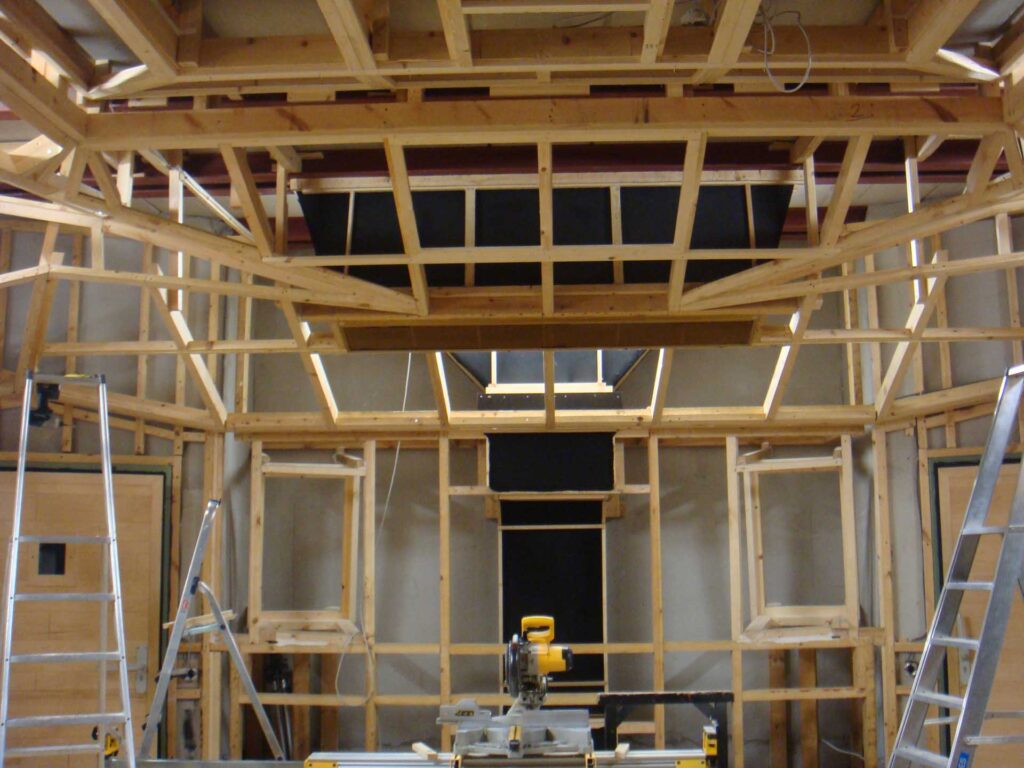
Whilst the new studio complex was under construction, the original Studio Galaxy was still in full swing, recording hits. The new complex was built on top of the old one, but the original studio was kept in perfect working order for as long as possible.
Today the API control room is located right where the original chicken coop studio used to be.
When the Van Baelen brothers opened Galaxy Studios in 1995, the chicken coop studio was still there!
In 1996 they finally removed the chicken coop from the complex, and built the API control room instead.
Where did this crazy idea come from if Studio Galaxy was doing so great? Well…
Wilfried used to travel a lot to London for his orchestral productions. He needed strings and Studio Galaxy wasn’t big enough for the amount of players. Unfortunately (and luckily) the studios were 1. Far away, 2. Very expensive, 3. There were several acoustical problems, 4. The air conditioning was way too loud, 5. Sound traveled through the walls, really bad isolation! 6. Not all studios inside the complex were easily connected to each other, 7 And so on!
Conclusion, Wilfried went nuts and wanted to invent an interactive studio complex where all his problems would be fixed.


Studio Galaxy was finished in 1982 and became one of Belgium’s most popular studios by the end of the 80″s. The first Sony 48 digital recorder in Benelux was installed in Galaxy Studios in 1991 and soon extended with a second 3348 to run in total 96 channels of digital recording.
Galaxy Studios ordered in 1993 the first ever Neve Capricorn allowing 96 recording and mixing in the digital domain.
But Wilfried Van Baelen wasn’t finished yet. Even though the studio had great success, the idea of making a completely new interactive studio complex grew and grew and grew bigger inside his mind.
His growing idea in a nutshell: Different acoustical areas and different control rooms, each with their own specifications; an analog room, a digital room, one for film, one more for music… And every room needed to be located in a way they could have visual connection and at the same time have 100% isolation.
The only way to realize this dream was to make separate bunkers for each room and put them on strings! Sooooooo, that’s what they did. Right now they have 15 bunkers on metal springs. Insane.
Fun facts:
Whilst the new studio complex was under construction, the original Studio Galaxy was still in full swing, recording hits. The new complex was built on top of the old one, but the original studio was kept in perfect working order for as long as possible.
Today the API control room is located right where the original chicken coop studio used to be.
When the Van Baelen brothers opened Galaxy Studios in 1995, the chicken coop studio was still there!
In 1996 they finally removed the chicken coop from the complex, and built the API control room instead.
The biggest challenge was to isolate the lowest audible frequencies as low as 20 Hertz. Professor Vermeir and Desart calculated that the isolation capacity had to start a few octaves lower.
This meant that it was necessary to find a way to start the isolation from less than 3Hz.
Therefore, they decided to put concrete bunkers on specially designed metal springs, to bring the resonance frequency for each room to less than 3Hz.
The measured result (1994) is still a world record: 100,7 dB between each room with visual connection and a gap between the walls not more than 60 cm.


To reach the 100,7 db between each room with visual connection the glass panels and doors were a big deal to think about.
They concluded that the windows needed to be made of 11cm thick heavy glass panels with a weight of 1080kg each… Such panels had never been produced in Europe before.
Fun fact:
Guy Van Baelen had to invent a new machine to be able to lift the glass panels and put them in their designated positions. His machine could lift glasses up to a weight of 1500Kg! (picture)
Weight > 1.000Kg per glass panel (picture glass)
Each door would have to insulate 55dB, so at least 3 doors are needed between the recording rooms and control rooms to equal the isolation of > 100 dB.
Finally an inaudible air-conditioning system was required. Eric Desart developed the quietest air-conditioning system ever installed with an NR5. The Galaxy Hall (330 m2 with a height of 8 meters) is renowned for its outstanding acoustical qualities, being as well the quietest recording space of that size on the planet: 14 dB background noise
After working 185.000 man hours to complete the first phase, Galaxy Studios was opened in March 1995.
At that time we had the Neve VRP 72 and Neve Capricorn Consoles
The Chickencoop Studio was still up and running inside the new complex


The Chicken Coop was finally taken out and replaced by the same bunker system on springs: A control room and 2 recording rooms.
The first ever 5.1 surround studio for music production with a custom built SSL 9080J was installed.
Galaxy Studios expanded their services to sound for film with installing a Dolby Certified dubbing stage. That same room became later the world’s first ever dubbing (mixing) stage for Immersive Audio (see further) for movie industry in which the first ever movie Immersive Audio was mixed for George Lucas and released in the AURO-3D format.
After 318.000 man hours of work in the building, the Galaxy Studio complex finished phase 1 in 1999.


Mastering Room for Stereo and 5.1 Surround with the SPL MMC 1, a groundbreaking “Music Mastering Console” (concept designed by Ronald Prent) that became a top reference for multi-awarded mastering engineers.
Born of the AURO-3D format concepted by our CEO Wilfried Van Baelen
2006 expansion with an IMAGE POST department with the first 4K Digital Intermediate workflow in Europe and a team of 15 specialists.


Launch of the AURO-3D format at the AES Spatial Conference in Tokyo
First ever AMS-Neve 88D installed at Galaxy Studios in the first ever Recording and Mixing studio in Immersive Audio with a large format audio console that has 3D routing and 3D panning (concept designed by Wilfried Van Baelen)
Wilfried’s proposal convinced AMS Neve CEO Mark Crabtree that Immersive Audio would be the future. After 3 years of development, AMS-Neve installed their first ever 88D console in Galaxy Studios in April 2010.
Before this, such a console didn’t exist. There was no panning in 3D, no routing, everything was limited to 7.1 output channels.
Wilfried Van Baelen has produced more than 20 platinum albums on this console.
Building PHASE 2 (black building), doubling the original space of Galaxy Studios including the AuroTorium, Pre-dub stage, Mastering room, audio suites, foley studio, business lounges, offices, leisure rooms, hotel rooms etc..



